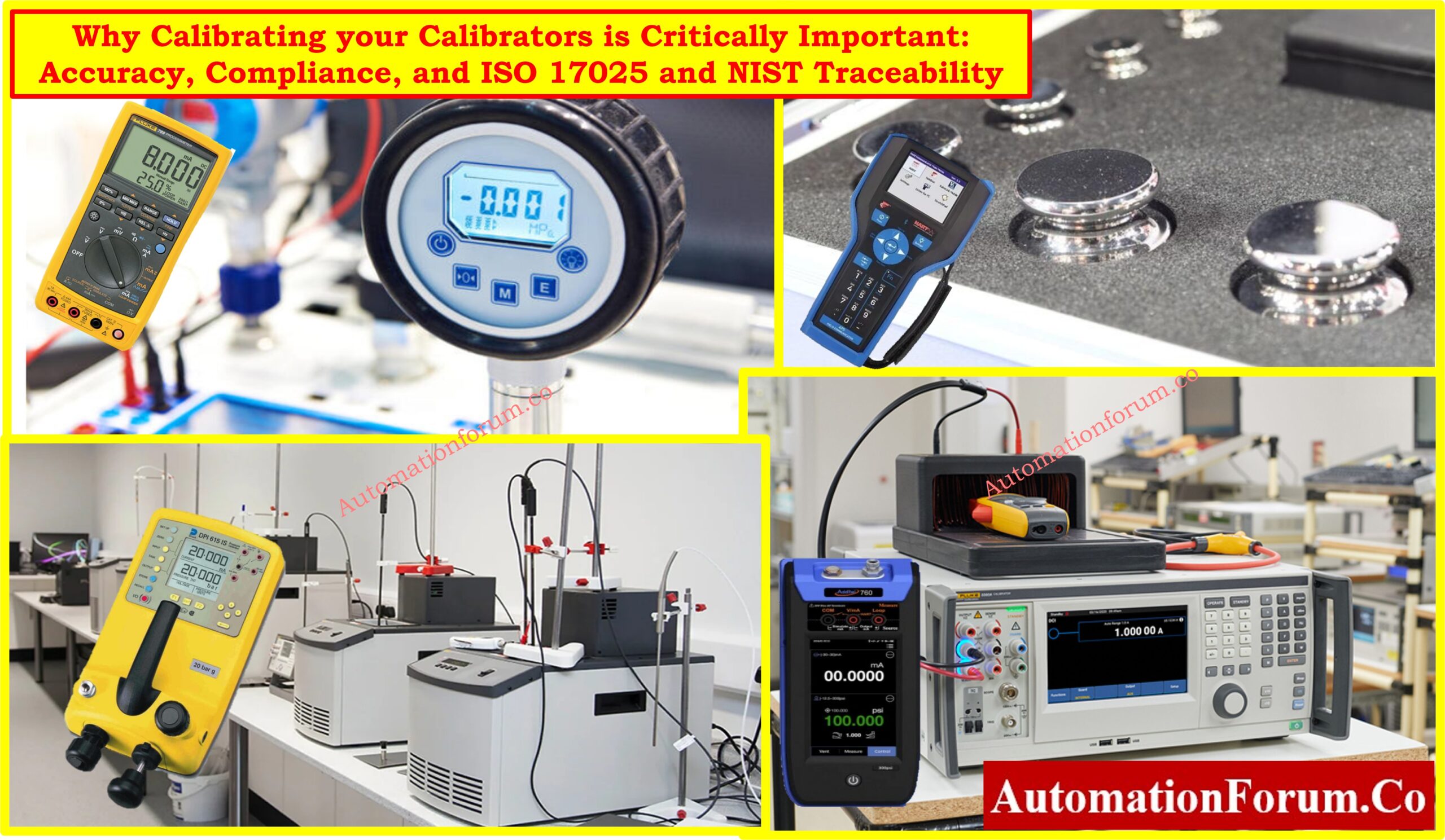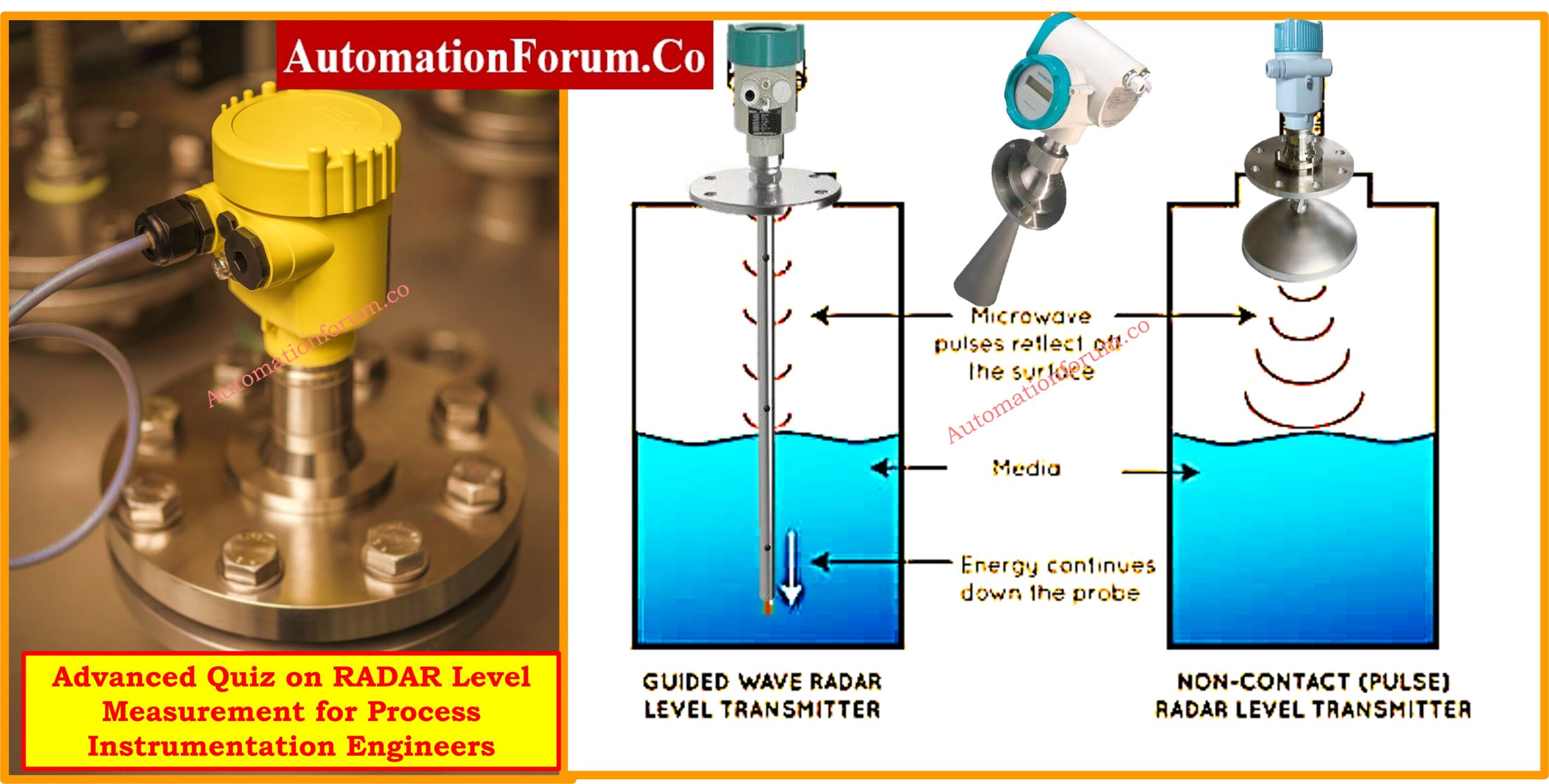- Image 1: Sectional View of a Spring-Loaded Safety Relief Valve
- How a Spring-Loaded Relief Valve Works
- 7 Must-Know Definitions in Relief Valve Datasheets
- Definition 1: Built-Up Backpressure
- Definition 2: Superimposed Backpressure
- Definition 3: Total Backpressure
- Definition 4: Cold Differential Test Pressure (CDTP)
- Definition 5: Set Pressure
- Definition 6: Re-seating Pressure
- Definition 7: Blowdown
- Image: Typical PRV Installation with Pressure Profile Chart
- Often Overlooked Relief valve Datasheet Parameters
- Quick Glance on Relief Valve Definitions
- Test your knowledge in Safety Valve Installation, Calibration & Troubleshooting
Completing or confirming a relief valve datasheet could appear difficult unless you know the fundamental definitions that control how these essential devices operate. Whether you’re choosing a valve, conducting audits, or troubleshooting pressure protection systems, knowledge of these seven essential terms can save time and guarantee safe, code-compliant choices.
Image 1: Sectional View of a Spring-Loaded Safety Relief Valve

A thorough cross-sectional illustration of a traditional spring-loaded safety relief valve graphically demonstrates how the valve functions depending on internal components and the spring mechanism.
Main Parts Identified
- Spring: Keeps the valve closed until Set Pressure is obtained by applying downward force.
- Disc/Seat: The sealing surface that opens during a pressure release event is the disc/seat.
- Adjusting Screw: Sets the desired Set Pressure by means of spring tension adjustment.
- Bonnet and Body: The primary valve housing is bonnet and body.
- Guide and Stem:Assist in keeping the moving components aligned and stable.
- Discharge Outlet and Inlet Nozzle: Operate the valve by directing fluid into and out via the Discharge Outlet and Inlet Nozzle.
System pressure exceeding the Set Pressure overcomes the spring force, lifts the disc off the seat, and lets the process fluid escape, therefore preventing overpressure damage.
What you Need to Know: What is a pressure relief valve and what is the purpose of the pressure relief valve
How a Spring-Loaded Relief Valve Works

Knowing how a pressure relief valve works lets you better utilize the datasheet numbers. A typical spring-loaded valve operates as follows:
- Under normal pressure, the spring keeps the valve closed.
- Set Pressure causes the pressure force to surpass the spring, raising the disc and releasing extra fluid.
- The valve recloses after pressure falls to the Reseating Pressure, hence finishing the protection cycle.
- The Set Pressure is defined by changes to the spring preload.
- When backpressure influences performance, balanced designs or bellows are used.
Understand the Basics: Safety valve principle
See the above image 1 for interior component arrangement.
7 Must-Know Definitions in Relief Valve Datasheets
Definition 1: Built-Up Backpressure
The pressure at the valve’s output that arises once it has opened and flow is traveling through the discharge piping.
Frictional losses, pipe configuration, height, and any downstream constraints cause built-up backpressure. This factor is particularly important in:
- Conventional relief valves, where high backpressure can lower lift and capacity.
- Two-phase flows or high-viscosity flows, where discharge resistance is considerable..
Example: In a flare line with extensive discharge pipework, built-up backpressure could be substantial enough to justify switching to a balanced bellows valve to maintain performance.
Definition 2: Superimposed Backpressure
Usually caused by link with a flare system, header, or pressured vessel, the pressure at the valve outlet before it opens.
Types:
- Constant: Predictable and steady (e.g., a tie-in to a header with known pressure).
- Variable: Operating variables or other valves discharging into the same line cause fluctuation.
Superimposed backpressure affects:
- CDTP configuration (valve set pressure under test circumstances).
- Choosing a valve: Conventional valves cannot withstand large superimposed pressures.
- Response time: Valve opening could be delayed by changing pressures.
For stability, a pilot-operated relief valve(as shown below) would be chosen if say, a flare header usually sits at 20 psig and could surge during blowdown.

Quick Reference: Types of pressure relief valves
Definition 3: Total Backpressure
Once the valve opens, the total pressure at the outflow including both superimposed and built-up backpressure.
Formula:Bellows valves to separate the spring from outlet pressure.
Too high overall backpressure could cause chattering or partial lift.
Total Backpressure = Superimposed + Built-Up
It determines if a balanced or pilot-operated valve is required to preserve complete lift and correct flow. High total backpressures indicate for:
- Bellows valves are used to isolate the spring from outlet pressure.
- Excessive total backpressure can lead to chattering or incomplete lift.
Important Tip: Always verify manufacturer restrictions for acceptable total backpressure.
Free Tool Inside: Pressure Safety Relief Valve Basic Sizing Tool – Liquid Applications
Definition 4: Cold Differential Test Pressure (CDTP)
The pressure at which the relief valve is tested in the factory under ambient (cold) conditions meets the process pressure requirements.CDTP is set higher than the actual needed set pressure to compensate for:
- Superimposed backpressure
- Operating temperature effects
This guarantees that the valve opens under the appropriate pressure in actual conditions.
Example: To guarantee correct opening, a relief valve safeguarding a heat exchanger with anticipated superimposed backpressure of 15 psig can have a CDTP of 165 psig rather than 150 psig (needed setpoint).
Definition 5: Set Pressure
Under working conditions, the pressure at which the valve begins to rise.
The main point of defense for the system is its design pressure, which must be:
- Less than or equal to the design pressure of the protected equipment (per ASME/API requirements).
- Recorded precisely on the datasheet; no guesswork permitted.
Example: For a vessel rated at 300 psig design pressure, a valve with a fixed pressure of 285 psig guarantees compliance with the 10% overpressure criterion.
For more detailed information on testing and calibrating safety valves, click the link below.
https://automationforum.co/safety-valve-testing-and-calibration/
Definition 6: Re-seating Pressure
The pressure at which the relief valve closes following opening.
At the set pressure, valves do not close right away. A margin guarantees the system pressure has decreased sufficiently, therefore preventing:
- Fluttering
- Unstable cycling
Example: The re-seating pressure is 180 psig if a valve opens at 200 psig but closes at 180 psig.
Definition 7: Blowdown
The difference between the re-seating pressure and the set pressure.
Formula:
Blowdown = Set Pressure – Re-seating Pressure
Its significance is:
- Regulates the speed at which the valve recloses.
- Determines how much fluid escapes.
- Essential in dynamic systems to avoid oscillations or recurrent valve operations.
Example: A 10% blowdown on a 300 psig valve indicates it reseats at 270 psig. Pilot-operated valves with adjustable blowdown are preferred for processes requiring more stringent control.
Image: Typical PRV Installation with Pressure Profile Chart

This graphic, in line with the constraints established by the vessel design (MAWP) and safety rules (such as ASME Sec I), shows the correlation between vessel pressure and the performance points of a Pressure Relief Valve (PRV).
This figure shows how pressure relief valves interact with vessel pressure ratings and regulatory restrictions. Knowing where Set Pressure, Blowdown, and Accumulation fall assists in proper valve selection and sizing.
Key Terms Visualized in above picture:
- Set Pressure: Usually 100% of MAWP, this is where the PRV opens.
- Overpressure: The percentage over specified pressure the system is allowed to exceed during a relieving event, say 3%, defines overpressure.
- Blowdown: The difference between Set Pressure and Reseating Pressure (e.g., 4%).
- Simmer Pressure: The pressure at which the valve begins to slightly leak prior to completely opening.
- Leak Test Pressure: Lower pressure used during testing to check for tightness.
- MAWP: Vessel’s Maximum Allowable Working Pressure.
- Accumulation: Allowed pressure rise above MAWP during relief (usually 3% for single valve installations).
- Maximum Accumulation: The highest vessel pressure during an upset (Set Pressure + Accumulation).
Often Overlooked Relief valve Datasheet Parameters
These crucial fields should not be ignored if you wish to confidently fill out a relief valve datasheet:
| Parameter | Purpose |
| Valve Type | Conventional, Balanced Bellows, or Pilot-Operated — depends on backpressure tolerance. |
| Overpressure Allowance | Typically 10% for ASME-compliant systems; check code exceptions (e.g., 21% for fire relief). |
| Service Fluid Properties | Phase, molecular weight, viscosity, and vapor pressure affect sizing and orifice selection. |
| Orifice Designation | Per API 526 (e.g., D, E, F sizes) — indicates the flow capacity rating of the valve. |
| Required Capacity | Flow rate the valve must handle during worst-case upset (in lb/hr, Nm³/hr, etc.). |
Quick Glance on Relief Valve Definitions
| Term | Meaning | When It Applies |
| Built-Up Backpressure | Pressure after valve opens | During flow |
| Superimposed Backpressure | Pressure before valve opens | Valve closed (static condition) |
| Total Backpressure | Sum of built-up and superimposed pressures | Affects valve performance |
| CDTP | Factory set pressure with compensation | Test stage |
| Set Pressure | Pressure at which valve starts to lift | Process upset condition |
| Re-seating Pressure | Pressure at which valve recloses | After pressure subsides |
| Blowdown | Difference between set and re-seating pressures | Affects valve stability |
Knowing these seven definitions helps you to review or create any relief valve datasheet. These words are your basis for consistent and code-compliant overpressure protection whether you are conducting field audits, interacting with suppliers, or checking safety documents.
Download Now: Pressure Safety Valve Sizing Excel Tool for Gas Applications
Test your knowledge in Safety Valve Installation, Calibration & Troubleshooting
Refer the below link to Test your knowledge in Safety Valve Installation, Calibration & Troubleshooting with our quiz.





